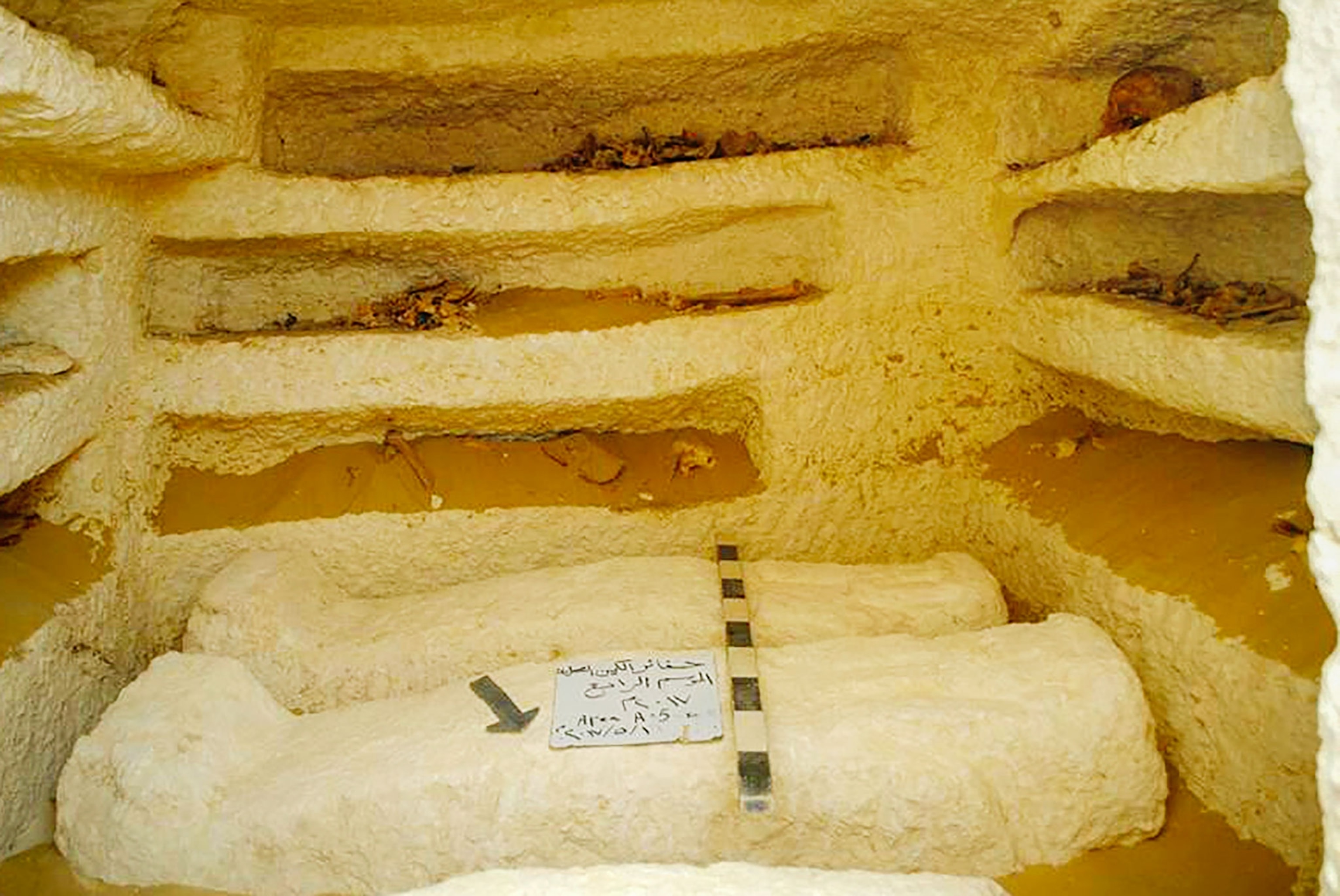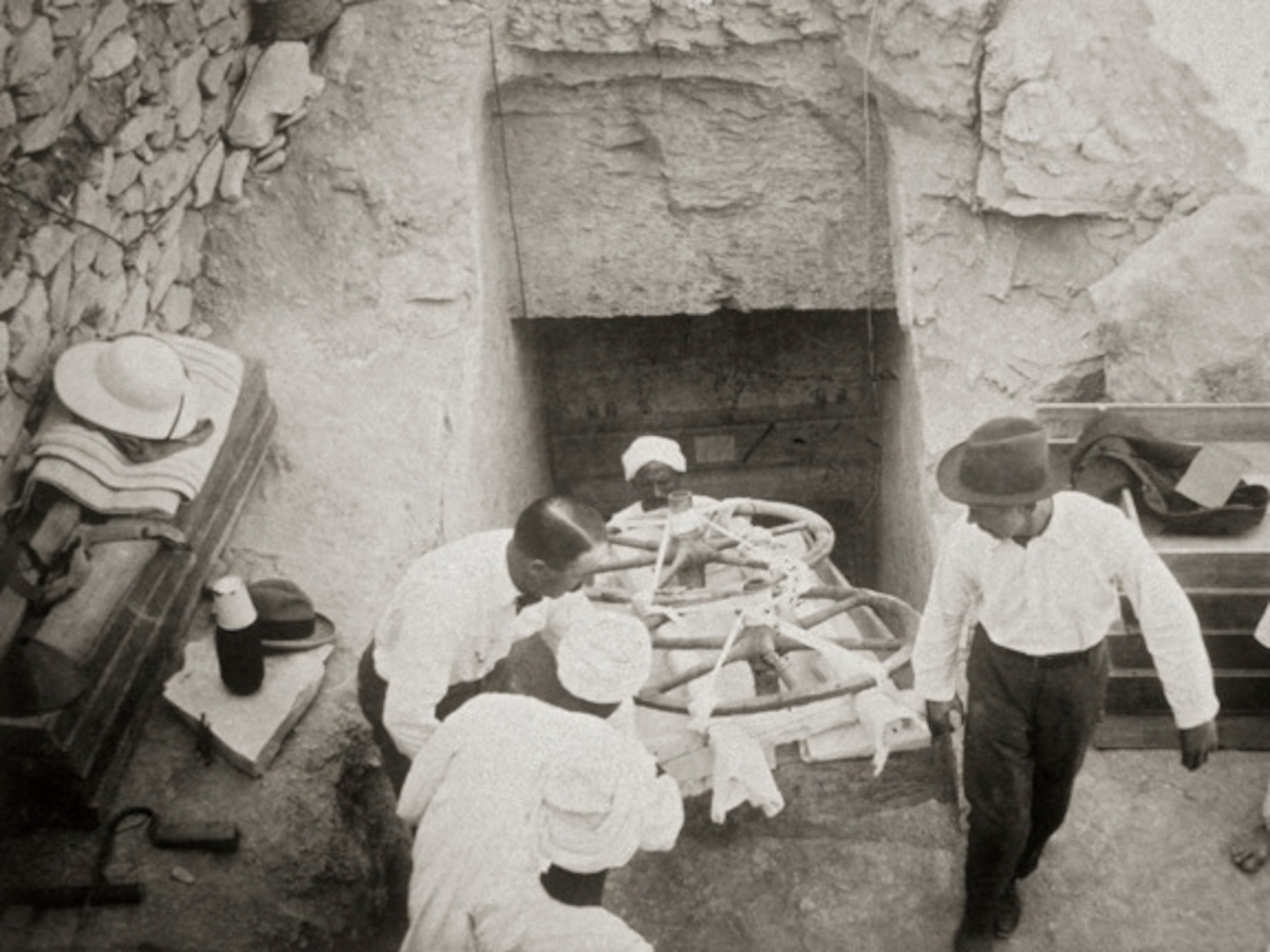Three New Ancient Tombs Discovered in Egypt
The newfound artifacts span decades of Egyptian history—suggesting the tombs were part of a city’s large cemetery.
The Egyptian Ministry of Antiquities has announced the discovery of three rock-cut tombs in northeast Egypt, each more than 2,000 years old.
The trio of tombs were found about 125 miles south of Cairo, in an area called El-Kamin El-Sahrawi near the city of Samalut. Ministry officials told the Egyptian news outlet Ahram Online that the tombs contain multiple sarcophagi of various sizes, as well as clay fragments.
The fragments indicate that the tombs span the 27th Dynasty (525 - 404 B.C.), when Egypt first became a province of the Persian Achaemenid Empire, as well as the period of Greco-Roman Ptolemaic rule that began nearly a century later.
"This fact suggests that the area was a large cemetery over a long period of time," said Ayman Ashmawy, head of the Ministry of Antiquities’ Ancient Egyptian Sector, to Ahram Online.
Previous excavations of the site uncovered some 20 tombs built in the style of catacombs, a widespread architectural practice during the 27th Dynasty. The three newly discovered tombs, however, are reportedly different.
Two of the three tombs consist of burial chambers branching off a perpendicular burial shaft, with fifteen burial holes between them—including a small hole carved out for the body of a child. Ali El-Bakry, head of the excavation mission, told Ahram Online that the tomb presents the first evidence of a child burial at El-Kamin El-Sahrawi.
What’s more, bones recovered from the tombs suggest that the people buried were men, women, and children of different ages—indicating that the site was part of a city’s large cemetery, not a military garrison.
Further finds at El-Kamin El-Sahrawi are virtually certain: Excavations on the third tomb have not yet been completed.







